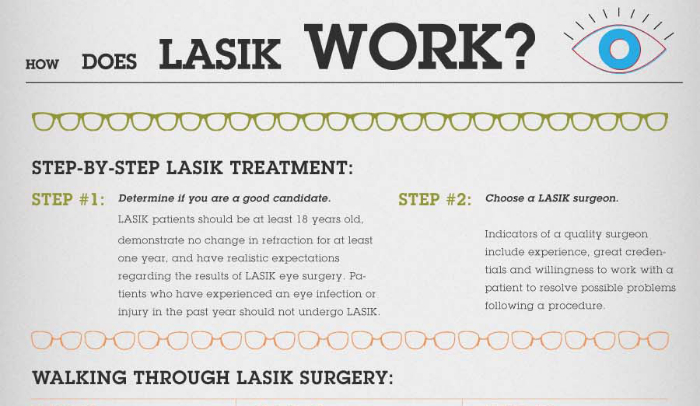The Comprehensive Overview To Refractive Lens Exchange: Vital Details You Must Recognize
The Comprehensive Overview To Refractive Lens Exchange: Vital Details You Must Recognize
Blog Article
Authored By-Ingram Byers
If you're taking into consideration refractive lens exchange, you probably have a great deal of questions. This treatment can change exactly how you see the world, providing advantages like decreased reliance on glasses. Nonetheless, it's necessary to understand the process, risks, and who qualifies as a great prospect. Allow's explore these critical aspects so you can make an enlightened decision about whether RLE is right for you.
What Is Refractive Lens Exchange and Just How Does It Function?
Refractive lens exchange (RLE) is a surgical procedure designed to change your eye's all-natural lens with a fabricated one, dealing with vision concerns like nearsightedness, farsightedness, or presbyopia.
Throughout the treatment, your cosmetic surgeon makes a tiny cut in the eye, eliminates your natural lens, and inserts an intraocular lens (IOL) customized to your vision needs. This outpatient surgical treatment typically takes around 15 to 30 minutes per eye and is executed under regional anesthetic.
you could check here 'll likely see improvements in your vision almost right away, though total healing may take a few weeks. RLE is specifically beneficial for those over 40 or with high prescriptions, offering a durable solution compared to glasses or call lenses.
Your eye treatment specialist can assist establish if RLE is right for you.
What Are the Conveniences and Dangers of Refractive Lens Exchange?
Choosing refractive lens exchange can cause significant enhancements in your vision, but it is very important to consider both the advantages and dangers prior to choosing.
On the bonus side, this treatment can boost your eyesight by dealing with concerns like presbyopia, nearsightedness, and hyperopia. Several clients appreciate lowered dependancy on glasses or contact lenses, which can substantially boost their quality of life.
However, it's essential to consider prospective threats. Problems can include infection, glare, or halos around lights.
There's also a chance of overcorrection or undercorrection, which might require added procedures.
That Is a Suitable Candidate for Refractive Lens Exchange?
If you're taking into consideration refractive lens exchange, it is necessary to recognize whether you fit the account of a perfect prospect. Usually, you may be a good prospect if you more than 40, experience presbyopia, or have high levels of nearsightedness or farsightedness.
It's also critical that your vision is steady, meaning your prescription hasn't altered substantially in the past year. If Cataract Surgery Guidelines have cataracts or various other eye conditions, you may take advantage of this treatment also.
Nonetheless, specific aspects, like unrestrained diabetes or autoimmune conditions, could invalidate you. To determine your candidateship, consult with an eye care professional who can review your particular scenario and recommend the best strategy tailored to your requirements.
Final thought
In conclusion, refractive lens exchange can be a transformative option for enhancing your vision, specifically if you're over 40 or have a high prescription. While the advantages are significant, it's important to weigh the threats and consult with your eye care professional to establish if you're an excellent prospect. With the right details and advice, you can make an educated decision and possibly appreciate a life with minimized reliance on glasses.
